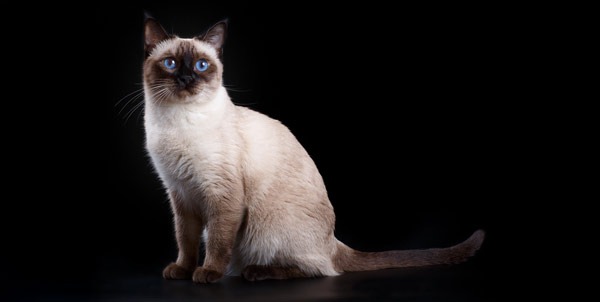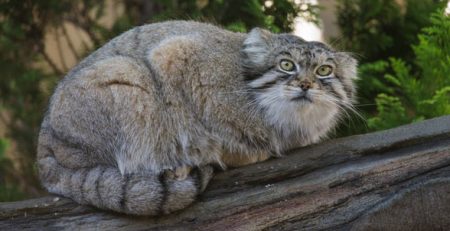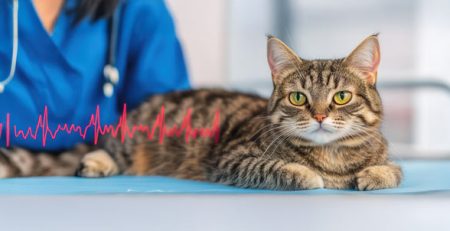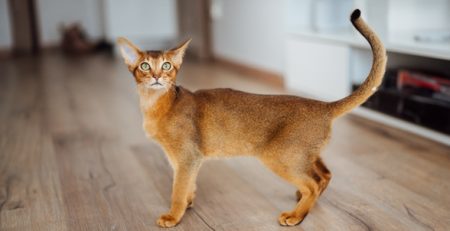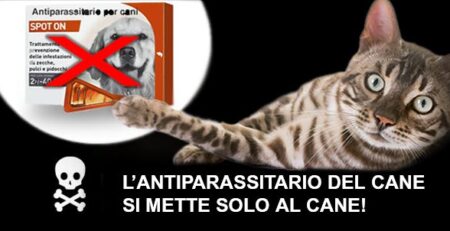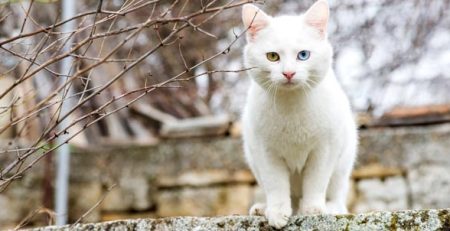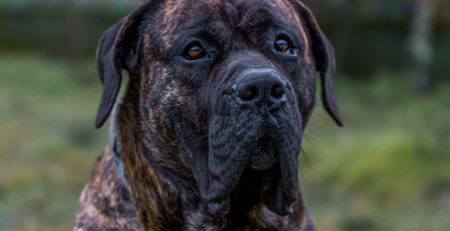The Siamese cat: the almond-eyed feline with a knot in his tail
The Siamese cat, due to its extraordinary beauty and lively character, is one of the most popular felines in the world.
It is native to Thailand, historically known as Siam, and the story goes that one day the king received as a gift two of these beautiful cats that dazzled him with their beauty.
The original Siamese in the Thai language is called “Wichien Maat” which translated, means “Moon Diamond,” and this evocative name is a tribute to the beauty of this feline.
For more than 700 years, the Wichien Maat has been held in Thai royal courts, a symbol of good fortune and prosperity.
Considered sacred and untouchable, to harm or kidnap it risked the penalty of death.
The legend of the Siamese tail knot
The tail of the Siamese has a unique feature namely the so-called “knot“.
The knot is a particular shape of the tail, usually thicker and slightly “bent” or “knobby” than that of other feline breeds.
According to one legend, thieves broke into the royal chambers one night and stole the King’s precious cup.
A pair of Siamese cats, to help the king, went in search of the stolen cup and found it in a forest.
However, the cup was too heavy for them so, while the cat went to get someone to help them, the cat stayed there on guard.
The cat, who was pregnant, felt that very night that it was time to give birth, so in order not to lose sight of the cup she tied it to her tail during delivery.
When the cat returned, she found the cat nursing the kittens, untied the cup but noticed that a knot was left on her companion’s tail and that all the kittens had the same knot.
From that day on, the tail knot became a characteristic of the Siamese cat.
The recognition of race
Siamese were introduced to the United States and Europe in the 19th century.
In 1871, one of these specimens was exhibited at theExhibition of Cats in London, marking the beginning of their popularity on the European continent and beyond.
Official recognition of the breed came during the 20th century, with feline associations beginning to establish specific standards for breeding.
The Siamese cat is recognizable by its distinctive appearance
It has a slender, muscular body, large, triangular ears, and deep blue eyes that convey intense expressiveness.
The head has a wedge shape, and the long, sharp muzzle gives it a regal appearance.
The coat is short, glossy and silky, available in various point colors, including seal point (dark brown), chocolate point (light brown), blue point (blue-gray) and lilac point (pinkish-gray).
It can change hue according to body temperature; in young cats and kittens, the lighter color develops further as they grow.
Body parts such as the legs and nose always show darker shades than the rest of the body, which tends to be lighter in color.
The temperament of the Siamese
One of the most interesting characteristics of the Siamese is their temperament.
These felines are known to be extremely vocal and communicative, endowed with a unique and penetrating meow, unlike many other feline breeds.
They tend to establish strong bonds with their humans and may exhibit anxious behavior if left alone for long periods.
The recurrent pathologies
Like all breeds, Siamese cats are predisposed to certain genetic disorders.
Among the most common diseases is progressive retinal atrophy (PRA), a condition that leads to gradual vision loss.
Respiratory diseases, such as chronic bronchopneumopathy, can also affect Siamese, especially following upper respiratory tract infections.
Other health issues include dental abnormalities and heart disease, such as hypertrophic cardiomyopathy.
It is essential to monitor your cat’s health by making regular veterinary visits and taking preventive measures, such as proper nutrition and exercise.
To have your Siamese cat checked, for periodic check-ups , vaccines and consultations, contact the veterinary doctors on our staff who are always available to you.
We would also like to remind you that Clinica La Veterinaria is always open h24 every day including holidays and with First Aid service from 8 pm to 8 am.

